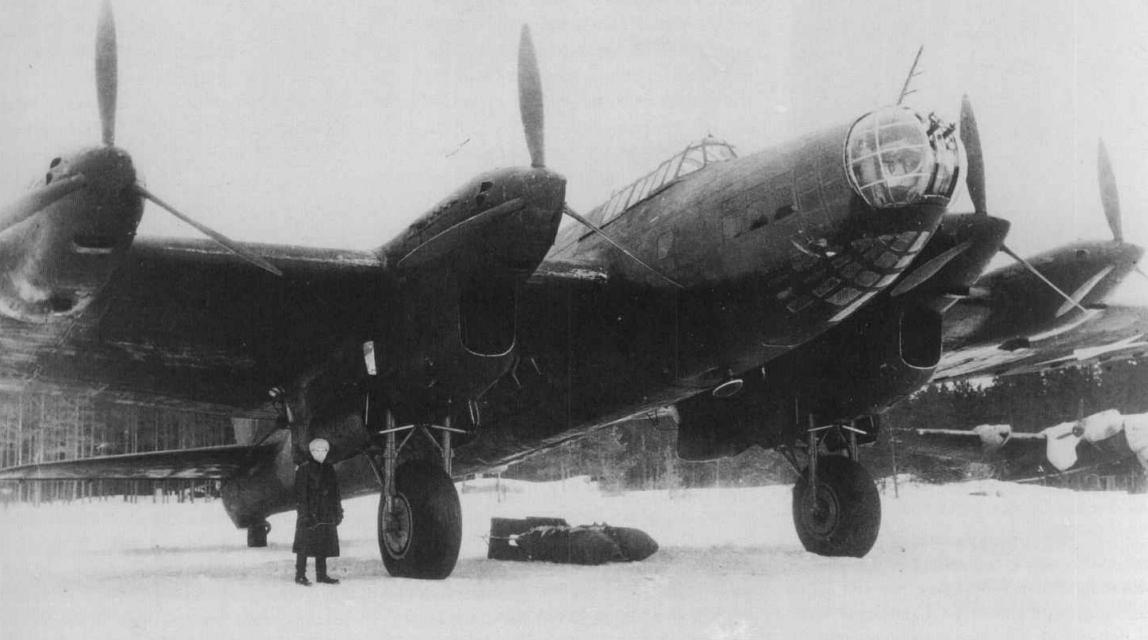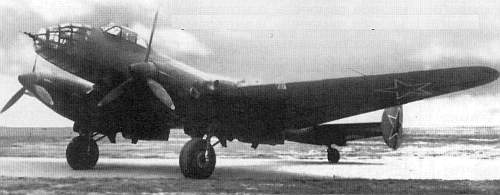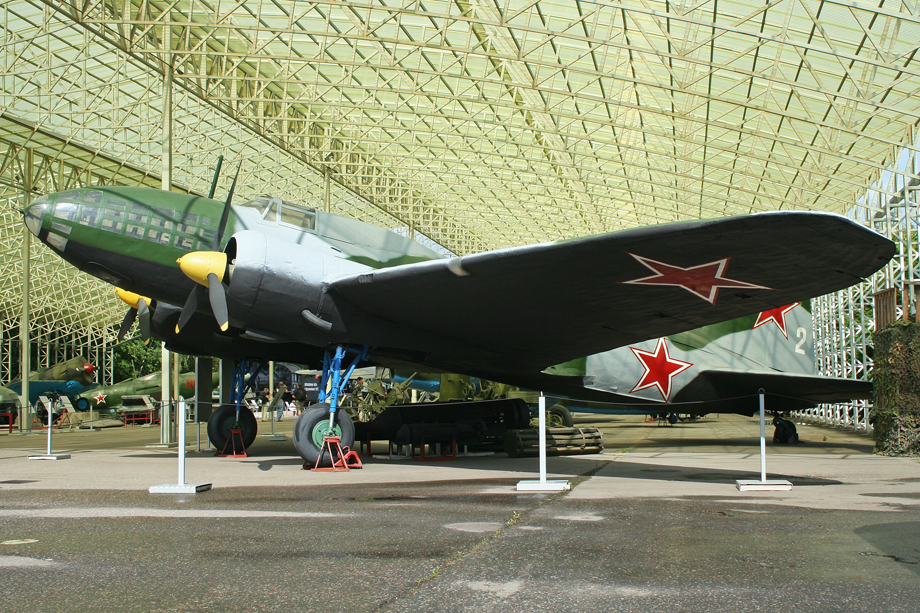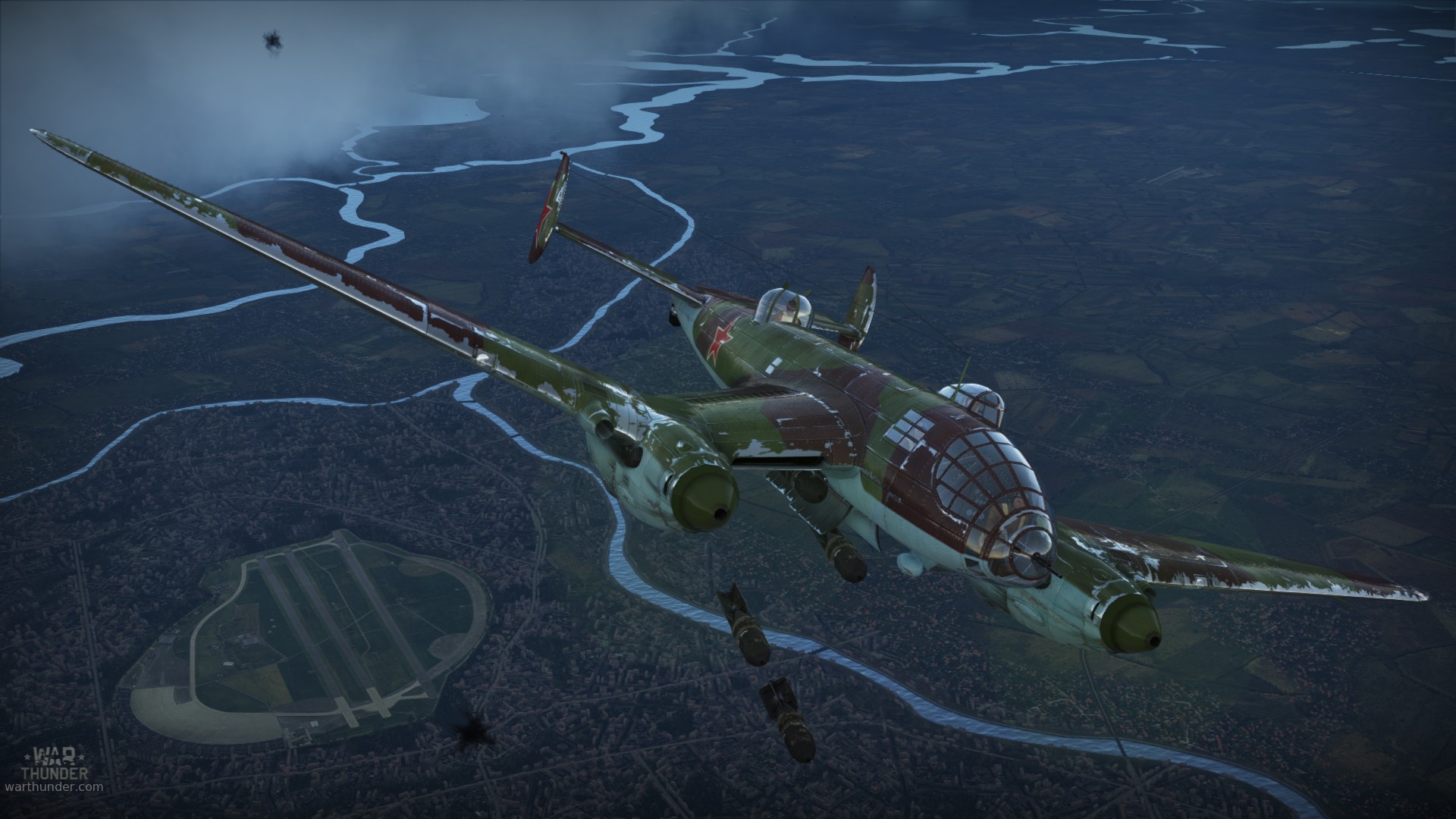
- For PC
- For MAC
- For Linux
- OS: Windows 10 (64 bit)
- Processor: Dual-Core 2.2 GHz
- Memory: 4GB
- Video Card: DirectX 11 level video card: AMD Radeon 77XX / NVIDIA GeForce GTX 660. The minimum supported resolution for the game is 720p.
- Network: Broadband Internet connection
- Hard Drive: 23.1 GB (Minimal client)
- OS: Windows 10/11 (64 bit)
- Processor: Intel Core i5 or Ryzen 5 3600 and better
- Memory: 16 GB and more
- Video Card: DirectX 11 level video card or higher and drivers: Nvidia GeForce 1060 and higher, Radeon RX 570 and higher
- Network: Broadband Internet connection
- Hard Drive: 75.9 GB (Full client)
- OS: Mac OS Big Sur 11.0 or newer
- Processor: Core i5, minimum 2.2GHz (Intel Xeon is not supported)
- Memory: 6 GB
- Video Card: Intel Iris Pro 5200 (Mac), or analog from AMD/Nvidia for Mac. Minimum supported resolution for the game is 720p with Metal support.
- Network: Broadband Internet connection
- Hard Drive: 22.1 GB (Minimal client)
- OS: Mac OS Big Sur 11.0 or newer
- Processor: Core i7 (Intel Xeon is not supported)
- Memory: 8 GB
- Video Card: Radeon Vega II or higher with Metal support.
- Network: Broadband Internet connection
- Hard Drive: 62.2 GB (Full client)
- OS: Most modern 64bit Linux distributions
- Processor: Dual-Core 2.4 GHz
- Memory: 4 GB
- Video Card: NVIDIA 660 with latest proprietary drivers (not older than 6 months) / similar AMD with latest proprietary drivers (not older than 6 months; the minimum supported resolution for the game is 720p) with Vulkan support.
- Network: Broadband Internet connection
- Hard Drive: 22.1 GB (Minimal client)
- OS: Ubuntu 20.04 64bit
- Processor: Intel Core i7
- Memory: 16 GB
- Video Card: NVIDIA 1060 with latest proprietary drivers (not older than 6 months) / similar AMD (Radeon RX 570) with latest proprietary drivers (not older than 6 months) with Vulkan support.
- Network: Broadband Internet connection
- Hard Drive: 62.2 GB (Full client)
On the 19th of July 1941, Hitler ordered a bombing raid on Moscow. This was meant to soften up the capital of the Soviet Union, and to reduce the morale of the defending troops for when the German army would eventually reach the city. However, the Soviet troops were prepared and expecting the bombers. The Germans were met with fire from countless AA guns and illuminated by over 300 searchlights. The Luftwaffe continued their campaign throughout 1941, but failed to achieve significant results.
 |
|
A four-engined Pe-8 heavy bomber being readied for a mission |
When confronted with the news of the Moscow bombings, Stalin was enraged and he demanded a retaliatory strike on Berlin. The VVS set out to plan a bombing raid for the 11th of August. This was not the first time that Berlin was bombed, as French and British bombers had already attacked the city, but it would be a first for Soviet forces.
At the time, only three Soviet aircraft were capable of reaching Berlin. Those were the Ilyushin IL-4, the Yermolayev Yer-2 and the Petlyakov Pe-8. However, time was running out, as every day the German offensive was pushing Soviets further away from their intended target. In order to achieve the necessary range for the mission, it was decided to replace the petrol engines of the aircraft with long-ranged diesels. This was done at the order of Stalin himself.
 |
|
Soviet Yer-2 bombers were also sent to bomb Berlin with the Pe-8s, but suffered great losses. |
The Charomskiy ACh-30 diesel engines turned out to be a problematic choice. Out of the 18 diesel-powered Pe-8s selected for the task, 4 were knocked out by engine trouble before the mission was even launched. On the night of August 11th, only 14 Pe-8s began the long flight towards Berlin, though at the same time, units of IL-4 and Yer-2 bombers were also launched for the same target.
One Pe-8 crashed on takeoff due to engine failure, another was attacked by fighters and AA en route, and a third lost two engines over Poland. Despite the difficulties, 11 Pe-8s reached their target and dropped their heavy payload on Berlin. The difficulties were not over: 7 more bombers experienced problems on the return flight, and three of them were lost. The bombers landed wherever they could reach within friendly territory with only 4 Pe-8s returning to their base as scheduled. Meanwhile, the Yer-2 unit dispatched to bomb the same target shared a similar fate experiencing great losses.
 |
Major Vodopyanov, the group leader of the Pe-8 demanded to express his discontent for the diesel engines in front of Stalin himself, and his wish was granted. Perhaps surprisingly, Stalin listened carefully. He then dismissed Vodopyanov as the group leader, but instead of being punished, Vodopyanov was transferred to test new Shvetsov M-82 radial engines to replace the troubled Charomskiy diesels.
Despite the losses of the initial raids, attacks on Berlin continued as long as the Soviets could reach the city. While the practical significance of these bombings was probably not great, they were intended as a propaganda tool: to boost the morale on the homefront, and damage the morale of the enemy. For this purpose, even a handful of bombers could have a significant effect.
Sergej "NuclearFoot" Hrustic




